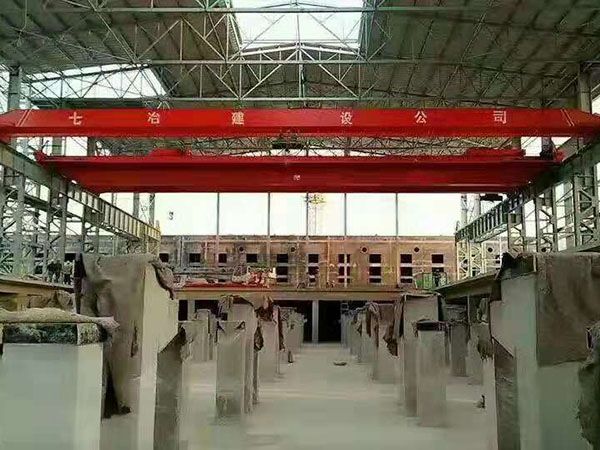For the electric single beam crane, its operation is inseparable from the application of any accessories. Take the contact slip line as an example. Without its current transmission, the equipment is difficult to operate. As the contact slip lines selected for different occasions are different, today the Shandong single beam crane manufacturer will introduce the use of various contact slip lines.
1���、 Single touch sliding wire
The single Ji energy-saving combined sliding contact line is a widely used sliding contact line of bridge crane in the market. The conductor material is conductive aluminum or red copper, and the aluminum sliding contact wire has a high market share. The product has good conductivity, high cost performance and reliability. The combined design is convenient for installation and maintenance. It has a wide range of applications and can be applied to a variety of indoor and outdoor environments. The current range is from 200A to 2000a, which can meet the product requirements of different equipment.
2��、 Tubular multi Ji contact sliding wire
The conductor of the tubular sliding contact wire is embedded in the PVC shell, which is easy to install. The red copper is used as the sliding contact wire conductor of the bridge crane, which has good conductivity. However, due to the limitation of the groove in the shell, it is mostly suitable for mobile equipment with small power.
3���、 High temperature rigid body contact slip line
The high-temperature rigid body crane sliding contact line is composed of copper conductor, steel structure skeleton or aluminum profile. It has high mechanical strength and good rigidity, and can withstand large impact current. Copper is used as the conductor, and can carry more than 3000A current. The rigid body bridge crane sliding contact line is not protected by a shell, with large heat dissipation area, low temperature rise and long service life. Due to the special material, it can be used in high temperature, high pressure, high humidity, strong corrosion and multi dust environment, such as steel-making, metallurgy, chemical industry, wharf and other industries.



 2022-4-6 14:10:30
2022-4-6 14:10:30

